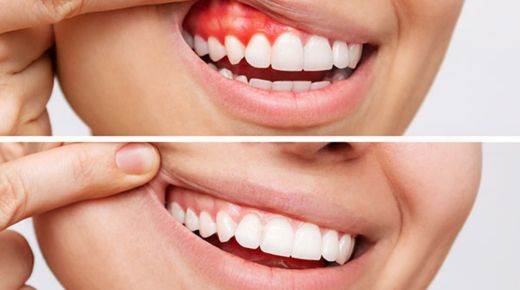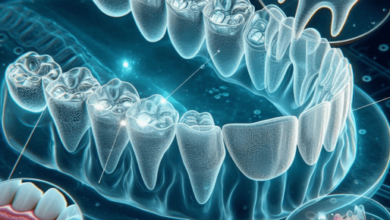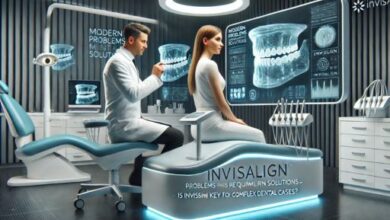From Gums to Teeth: How Antibiotics Combat Oral Diseases

As a cornerstone of modern dentistry, antibiotics effectively treat bacterial infections, alleviate painful symptoms, and prevent the spread of disease. At our dental practice in Marysville, we recognize the crucial role antibiotics play in maintaining optimal oral health. However, the increasing concern about antibiotic resistance and the delicate balance of the oral microbiome necessitates a careful and safe approach to antibiotic use. In this article, we will explore antibiotics’ role and importance in providing our patients with the most effective and safest treatment options for a healthy, radiant smile.
What Are The Types of Oral Diseases?
Oral diseases can be broadly classified into two categories:
- Bacterial infections: Tooth decay, gum disease (periodontitis), and dental abscesses.
- Fungal and viral infections: Oral candidiasis (thrush), herpes simplex virus, and human papillomavirus (HPV).
Antibiotics are effective against bacterial infections, particularly those caused by:
- Streptococcus mutans: Associated with tooth decay.
- Porphyromonas gingivalis: Linked to periodontitis.
- Aggregatibacter actinomycetemcomitans: Implicated in aggressive periodontitis.
How do Antibiotics Work?
Antibiotics work by:
Killing or Inhibiting Bacteria
- Interfering with cell wall formation: Preventing bacteria from forming and maintaining their cell walls.
- Inhibiting protein synthesis: Blocking the production of essential proteins necessary for bacterial growth.
- Disrupting membrane function: Damaging the bacterial cell membrane, leading to cell death.
- Interfering with DNA replication: Preventing bacteria from replicating and multiplying.
Types of Antibiotic Actions
- Bactericidal: Killing bacteria directly (e.g., penicillin).
- Bacteriostatic: Inhibiting bacterial growth and reproduction (e.g., tetracycline).
Mechanisms of Antibiotic Resistance
- Enzymatic degradation: Bacteria produce enzymes that break down antibiotics.
- Efflux pumps: Bacteria remove antibiotics from their cells.
- Altered target sites: Bacteria modify their target sites to prevent antibiotic binding.
- Gene transfer: Bacteria share resistance genes with other bacteria.
Important Factors Influencing Antibiotic Effectiveness
- Concentration: Adequate antibiotic concentrations are crucial.
- Duration: Sufficient treatment duration ensures effective bacterial eradication.
- Susceptibility: Bacterial susceptibility to antibiotics varies.
- Host factors: Patient factors, such as immune system function, influence antibiotic effectiveness.
Common Antibiotics Used in Oral Diseases
- Amoxicillin: Effective against streptococcal and anaerobic bacteria.
- Clindamycin: Used for treating periodontitis and dental abscesses.
- Metronidazole: Effective against anaerobic bacteria.
- Penicillin: Used for treating streptococcal infections.
What Are The Benefits of Antibiotics?
Antibiotics have revolutionized the treatment of bacterial infections, saving countless lives and improving healthcare outcomes. The benefits of antibiotics include:
Therapeutic Benefits
- Effective against bacterial infections
- Rapid symptom relief
- Reduced risk of complications
- Prevention of infection spread
- Treatment of severe infections
Life-Saving Benefits
- Reduced mortality rates
- Prevention of sepsis
- Treatment of life-threatening infections
- Protection of vulnerable populations (e.g., immunocompromised individuals)
- Improved outcomes in critically ill patients
Quality of Life Benefits
- Reduced pain and discomfort
- Improved mobility and function
- Enhanced wound healing
- Reduced risk of long-term health consequences
- Improved mental health and well-being
Economic Benefits
- Reduced healthcare costs
- Decreased hospitalization rates
- Lower risk of lost productivity
- Reduced economic burden on families and communities
- Increased productivity and economic growth
Dental-Specific Benefits
- Effective against oral bacterial infections
- Prevention of dental abscesses
- Treatment of periodontal disease
- Reduced risk of tooth loss
- Improved oral health and well-being
Preventative Benefits
- Prophylactic use in surgical procedures
- Prevention of infections in immunocompromised individuals
- Protection against infections in vulnerable populations
- Reduced risk of antibiotic-resistant bacteria
- Improved public health outcomes
Conclusion
Antibiotics play a vital role in maintaining optimal oral health by effectively treating bacterial infections, preventing infection spread, and alleviating symptoms. While antibiotics are essential in managing oral diseases, their use must be judicious and responsible to mitigate the risks of antibiotic resistance, side effects, and disruptions to the oral microbiome. As dental professionals continue to navigate the complexities of antibiotic therapy, it is imperative to prioritize antibiotic stewardship, adopt evidence-based guidelines, and explore innovative treatments to address the evolving challenges in oral healthcare. By striking a balance between the benefits and risks of antibiotics, we can ensure the continued effectiveness of these life-saving medications and promote optimal oral health outcomes for patients.




